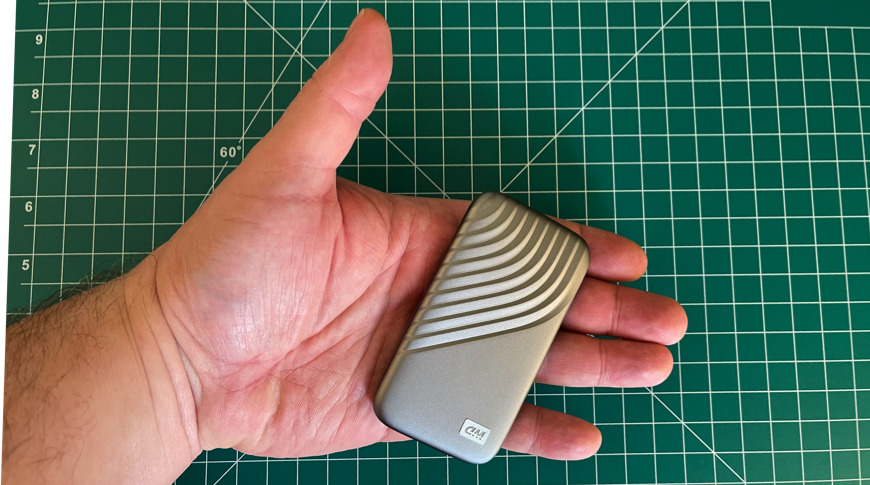
- #Use western digital my passport ultra for mac upgrade#
- #Use western digital my passport ultra for mac full#
- #Use western digital my passport ultra for mac portable#
- #Use western digital my passport ultra for mac pro#
- #Use western digital my passport ultra for mac Pc#
#Use western digital my passport ultra for mac upgrade#
The 2TB version of Samsung 870 QVO SSD series is down to just $199.99, making it an excellent upgrade for those wanting storage and performance.
#Use western digital my passport ultra for mac pro#
#Use western digital my passport ultra for mac portable#
#Use western digital my passport ultra for mac Pc#
Waarbij ik op mijn laptop 'lag' had bij zwaar chromegebruik (2 chrome-users, gezamenlijk ~140 tabs verspreid over 5-7 vensters) voelt de Ryzen 5 PC met NVMe ssd niets anders aan dan als ik Chrome met een enkele tab gebruik. You'll likely want to fill up your new SSD with games and important files so why not use a cloud storage provider like.

Keep your data safe online with this cloud storage solution. Best cloud storage of 2020 online: free, paid and business options. īest portable SSD of 2020: top external solid state drives. *Note: This is the laptop with the 128GB M.2 SSD in it, therefore, swapping the SATA drive.
#Use western digital my passport ultra for mac full#

No hard drive, unless combined in RAID with others, can outstrip the 5Gbps (roughly 500MBps real world after overhead) throughput of USB 3.1 Gen 1.

For the sake of brevity (and sanity), we generally shorten those names to USB 10Gbps, or 10Gbps USB, for instance. In an attempt to simplify things, the USB Forum has recently changed the nomenclature to indicate throughput speed–Superspeed USB 5Gbps, Superspeed USB 10Gbps, and Superspeed USB 20Gbps–because performance is a priority for most uses. Beyond that simple statement, the story gets confusing-largely because of the plethora of variations: USB 3.0, USB 3.1 Gen 1 (5Gbps, which is basically USB 3.0), USB 3.1 Gen 2 (10Gbps), and USB 3.1 Gen 2×2 (20Gbps), and now USB 3.2 and USB4. The vast majority of external drives today are USB drives. Remember, if you’re storing important data, you need a backup-online, or if the data is copious, on a second drive. Save your pennies and get one, or two of the larger drives. You may also need the extra space eventually.Īs you can see in the chart above, while the $50/1TB is the most affordable initially, it’s by far the worst deal in terms of cost per TB/GB. The 1TB drive may seem like the best deal, but in terms of price per gigabyte, the 4TB and 5TB drives are far better deals.


 0 kommentar(er)
0 kommentar(er)
